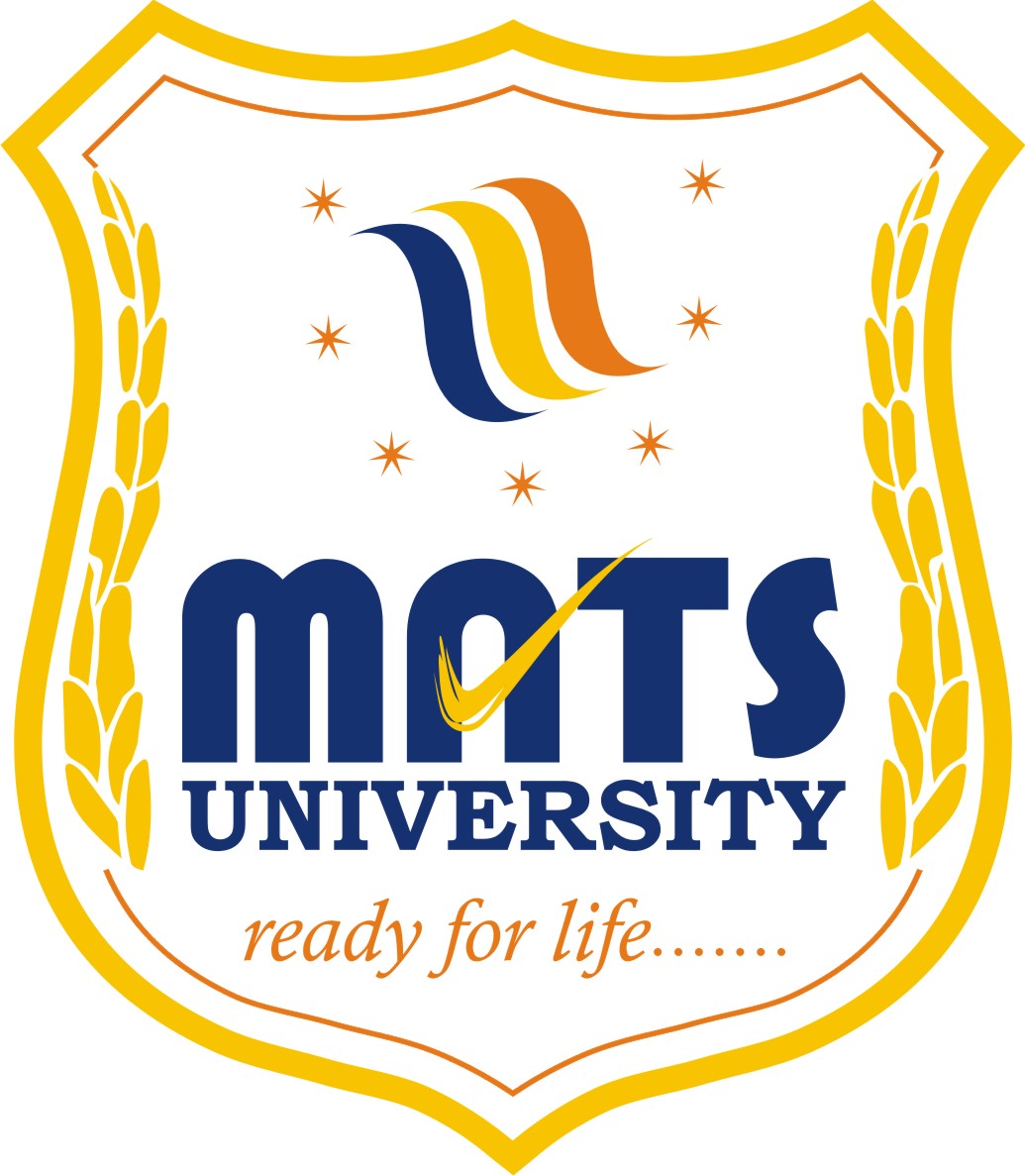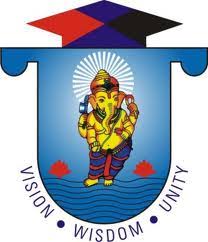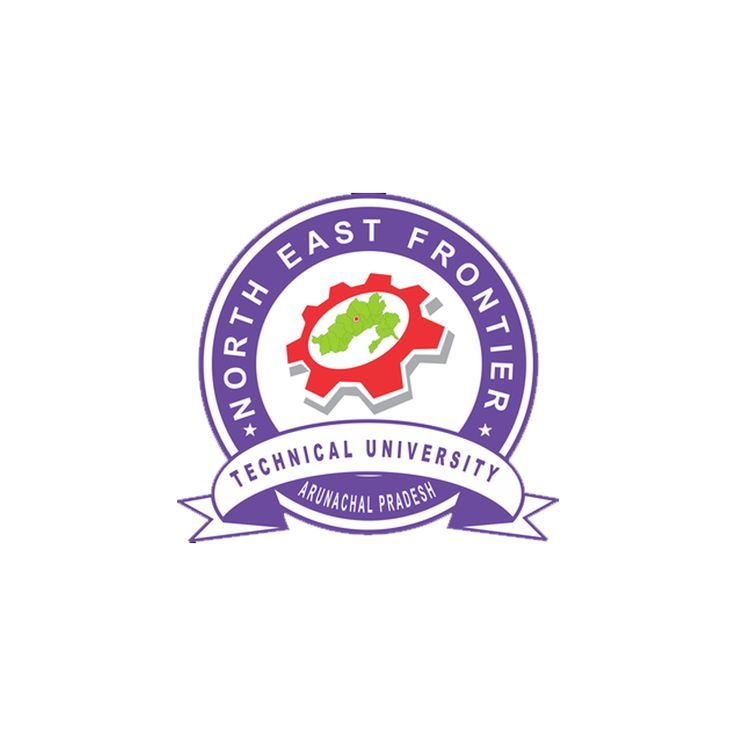XML Vs. HTML: What is Difference Between XML and HTML - Shikshaglobe

XML Vs. HTML: What is Difference Between XML and HTML
What is XML?
XML is a markup language that is intended to store information. It is prevalently utilized for the exchange of information. It is case touchy. XML offers you to characterize markup components and produce redid markup language. The fundamental unit in the XML is known as a component. Expansion of XML document is .xml
The Importance of XML VS. HTML in Today's World
XML and HTML are both markup languages, but they serve different purposes. HTML, the more widely known of the two, is primarily used for displaying data on web browsers. It defines the structure of web pages and is responsible for elements like headings, paragraphs, and links. On the other hand, XML focuses on data organization and storage. It is a versatile language used for transporting and storing data without any predefined tags or rules.
Read More: Computer Science Vs. Software Engineering: Key Differences
Understanding the difference between XML and HTML is
essential because they are the backbone of web development and data exchange.
While HTML is essential for creating user-friendly web interfaces, XML is the
go-to choice for data interchange between systems, making it an integral part
of modern web services and data-driven applications.
Exploring Different Types of XML VS. HTML
When delving deeper into XML and HTML, it's essential to
understand that both have different versions and specifications tailored for
specific purposes. XML has various standards, including RSS for feeds, SVG for
scalable vector graphics, and MathML for mathematical equations. Each of these
XML specifications caters to specific needs, ensuring flexibility and
compatibility in different contexts.
HTML, on the other hand, has seen various versions over the
years, with HTML5 being the most recent and widely adopted. HTML5 introduced a
plethora of new features and elements that enhance the web development
experience, such as multimedia support, advanced form controls, and improved
semantics.
Benefits of Pursuing XML VS. HTML
Learning XML and HTML can open doors to numerous
opportunities in the digital world. Proficiency in HTML can lead to careers in
web development, front-end development, and user experience design. Companies
are constantly seeking individuals who can create visually appealing and
responsive websites, and HTML expertise is a critical skill in this field.
XML, with its data structuring capabilities, is in high
demand in industries dealing with data integration, such as finance,
healthcare, and e-commerce. Being able to work with XML data is a valuable
skill, as it enables businesses to streamline processes and make data-driven
decisions efficiently.
How XML VS. HTML Enhance Professional Development
Professionals who possess skills in XML and HTML often find
themselves at the forefront of technological advancements. These markup
languages are continuously evolving to meet the demands of the digital era.
Keeping up with the latest trends and updates in XML and HTML ensures that
professionals remain relevant in their respective fields and can adapt to new
challenges and opportunities.
The Role of XML VS. HTML in Career Advancement
Choosing a career path related to XML or HTML can be a strategic move. With the increasing reliance on technology and data, companies are willing to invest in professionals who can harness the power of these markup languages. Whether you are pursuing a career as a web developer, data analyst, or software engineer, knowledge of XML and HTML can give you a competitive edge in the job market.
Learn More: Substituting Reason
Choosing the Right Education Course for Your Goals
To embark on a journey of mastering XML and HTML, it's
essential to choose the right education course. Many universities and online
platforms offer courses and certifications in web development and data
management. Consider your career goals and interests when selecting a course,
as this will help you stay motivated and engaged throughout your learning
journey.
Online vs. Traditional XML VS. HTML: Pros and Cons
When deciding how to pursue your education in XML and HTML,
you'll have two main options: online courses and traditional in-person classes.
Each approach has its advantages and disadvantages. Online courses offer
flexibility and accessibility, allowing you to learn at your own pace and from
anywhere. Traditional classes provide a structured learning environment and
face-to-face interaction with instructors and peers.
The choice between online and traditional education depends
on your learning style, schedule, and preferences. Some individuals thrive in
online settings, while others prefer the structure of traditional classrooms.
Consider your needs and select the format that suits you best.
The Future of XML VS. HTML: Trends and Innovations
As technology continues to advance, so do XML and HTML.
Keeping an eye on emerging trends and innovations in these markup languages can
provide valuable insights into future career opportunities. Trends such as the
integration of artificial intelligence, enhanced accessibility features, and
improved data exchange protocols will shape the future of XML and HTML.
The Impact of XML VS. HTML on Student Success
For students pursuing careers in technology and web
development, a solid foundation in XML and HTML can be a game-changer. These
languages empower students to create dynamic and interactive web applications,
making them valuable assets to potential employers. Additionally, understanding
XML and HTML enhances problem-solving skills and critical thinking, essential
attributes for success in any field.
Addressing the Challenges of XML VS. HTML and Finding
Solutions
While XML and HTML offer numerous benefits, they also come with their own set of challenges. XML can be complex, and handling large datasets may require advanced skills. HTML development may involve browser compatibility issues and responsive design challenges. However, these challenges can be overcome with proper training and experience.
Know More: Stack vs Heap: Know the Difference
Understanding the Pedagogy and Methodology of XML VS.
HTML
To master XML and HTML, it's important to understand the
pedagogy and methodology behind these languages. XML emphasizes data modeling
and structuring, while HTML focuses on user interface design and content
presentation. Gaining proficiency in both areas requires a structured approach
to learning, including hands-on practice and real-world projects.
The Global Perspective: XML VS. HTML Around the World
The significance of XML and HTML extends beyond borders.
These languages are used worldwide in various industries and sectors.
Understanding their global relevance can open doors to international career
opportunities and collaborations. In a digitally connected world, professionals
with expertise in XML and HTML can work with organizations and clients from
different parts of the globe.
XML VS. HTML for Lifelong Learning and Personal Growth
XML and HTML are not limited to professional applications.
They can also be valuable tools for lifelong learning and personal growth.
Whether you want to create a personal website, organize your digital library,
or develop a mobile app, XML and HTML provide the skills and knowledge to turn
your ideas into reality.
Funding and Scholarships for XML VS. HTML
Pursuing education in XML and HTML may require financial
investment, but there are options available to ease the burden. Many
educational institutions and organizations offer scholarships and grants to
support aspiring learners. Research these opportunities and apply for funding
to make your education more affordable.
Case Studies: Success Stories from Education Course
Graduates
To inspire and motivate aspiring learners, it's essential to
showcase success stories from individuals who have pursued education courses in
XML and HTML. These case studies can highlight the career paths, achievements,
and impact that mastering these markup languages can have on one's professional
journey.
What is HTML?
HTML is the markup language that assists you with making and configuring web content. It has different tags and traits for characterizing the design and construction of the web archive. Showing information in an organized manner is planned. A HTML record has the expansion .htm or .html.
Continue Reading: How to Create Bill of Materials
You can alter HTML code is any fundamental code manager, even a scratch pad. The altered code can be executed in any program. Programs render the labels utilized and present the substance you need to show regardless of applied arranging.
What is the difference between XML and HTML?
The critical distinction between XML and HTML is that XML is a structure for indicating markup dialects (stores and moves information). Conversely, HTML is a predefined markup language (depicts the design of a site page).
KEY DIFFERENCE
XML is shortening for extensible Markup Language through HTML represents Hypertext Markup Language.
XML basically centers around the move of information while HTML is centered around the show of the information.
XML is content driven though HTML is design driven.
XML is Case delicate while HTML is Case heartless.
XML gives namespaces support while HTML doesn't give namespaces support.
XML is severe for shutting tags while HTML isn't severe.
XML labels are extensible through HTML has restricted labels.
XML labels are not predefined though HTML has predefined labels.
Elements of XML
XML labels are not predefined. You really want to characterize your redid labels.
XML was intended to convey information, not to show that information.
Increasing the code of XML is straightforward for a human.
Very much organized design is not difficult to peruse and compose from programs.
XML is an extensible markup language like HTML.
Elements of HTML
It is a straightforward language that upholds the composing of website pages.
Sufficiently rich to offer help for sight and sound implanting in reports
Sufficiently adaptable to help hypertext connecting











